In the early 1950s, BMW concentrated on refining what were essentially pre-war designs, but by 1955 was ready with a brace of new machines, the R50 and R69. Of (nominally) 500cc and 600cc respectively, the newcomers inherited the updated flat-twin engine introduced on the R51/3 a few years previously, but deployed this in all-new cycle parts, the most notable departures from preceding practice being the Earles-type leading-link front fork and swinging-arm rear suspension enclosing the drive-shaft in the right leg - developments first seen on the works racers. Luxury tourers that cost as much as a small family car, the R50 and R69 sold to discerning enthusiasts to whom expense mattered little when set against the excellence of BMW engineering. In 1960 the flat-twins range was revised as the '/2', most of the changes being inside the engine, which received a strengthened crankcase and crankshaft, hard-chromed piston rings, improved internal ventilation, new cam followers and a stronger clutch assembly. The new '/2' models were shown for the first time at the Nurburgring circuit in August 1960. The R69 disappeared from the range at this time, its place being taken by a brace of new sports models: the R50S and R69S. The larger of these, the R69S, produced 42bhp and was good for a top speed of around 110mph, while the 35bhp R50S did not lag that far behind with a maximum of around 100mph. Produced between 1960 and 1962 only, during which time 1,634 examples were completed, the R50S is one of the rarer post-war BMW twins and highly sought after by BMW collectors. The offered R50S was manufactured on January 16th 1961 and delivered on February 21st, 1961 to Adams in Hamburg—a company that is known from exporting motorcycles to the US. The following 19 years are not recorded, but in 1980 the bike came under the ownership of Henry Miller Following his death in 1995, the bike passed to his friend Wilford van Dyke. Mr van Dyke kept the bike for the next 16 years, driving it only about 15 miles. The bike was carefully stored, however, and started regularly. Since the vendor’s acquisition earlier this year, the bike has been mechanically gone through and was extensively enjoyed all summer, performing admirably on a 100 mile one-day ride during the season. It is very original, the only change being an R69S carburetor with the proper jet for an R50S fitted to the starboard side. A new set of Avons were also fitted. Having thoroughly enjoyed the machine, it is now ready to put a smile on the next owner’s face!
In the early 1950s, BMW concentrated on refining what were essentially pre-war designs, but by 1955 was ready with a brace of new machines, the R50 and R69. Of (nominally) 500cc and 600cc respectively, the newcomers inherited the updated flat-twin engine introduced on the R51/3 a few years previously, but deployed this in all-new cycle parts, the most notable departures from preceding practice being the Earles-type leading-link front fork and swinging-arm rear suspension enclosing the drive-shaft in the right leg - developments first seen on the works racers. Luxury tourers that cost as much as a small family car, the R50 and R69 sold to discerning enthusiasts to whom expense mattered little when set against the excellence of BMW engineering. In 1960 the flat-twins range was revised as the '/2', most of the changes being inside the engine, which received a strengthened crankcase and crankshaft, hard-chromed piston rings, improved internal ventilation, new cam followers and a stronger clutch assembly. The new '/2' models were shown for the first time at the Nurburgring circuit in August 1960. The R69 disappeared from the range at this time, its place being taken by a brace of new sports models: the R50S and R69S. The larger of these, the R69S, produced 42bhp and was good for a top speed of around 110mph, while the 35bhp R50S did not lag that far behind with a maximum of around 100mph. Produced between 1960 and 1962 only, during which time 1,634 examples were completed, the R50S is one of the rarer post-war BMW twins and highly sought after by BMW collectors. The offered R50S was manufactured on January 16th 1961 and delivered on February 21st, 1961 to Adams in Hamburg—a company that is known from exporting motorcycles to the US. The following 19 years are not recorded, but in 1980 the bike came under the ownership of Henry Miller Following his death in 1995, the bike passed to his friend Wilford van Dyke. Mr van Dyke kept the bike for the next 16 years, driving it only about 15 miles. The bike was carefully stored, however, and started regularly. Since the vendor’s acquisition earlier this year, the bike has been mechanically gone through and was extensively enjoyed all summer, performing admirably on a 100 mile one-day ride during the season. It is very original, the only change being an R69S carburetor with the proper jet for an R50S fitted to the starboard side. A new set of Avons were also fitted. Having thoroughly enjoyed the machine, it is now ready to put a smile on the next owner’s face!


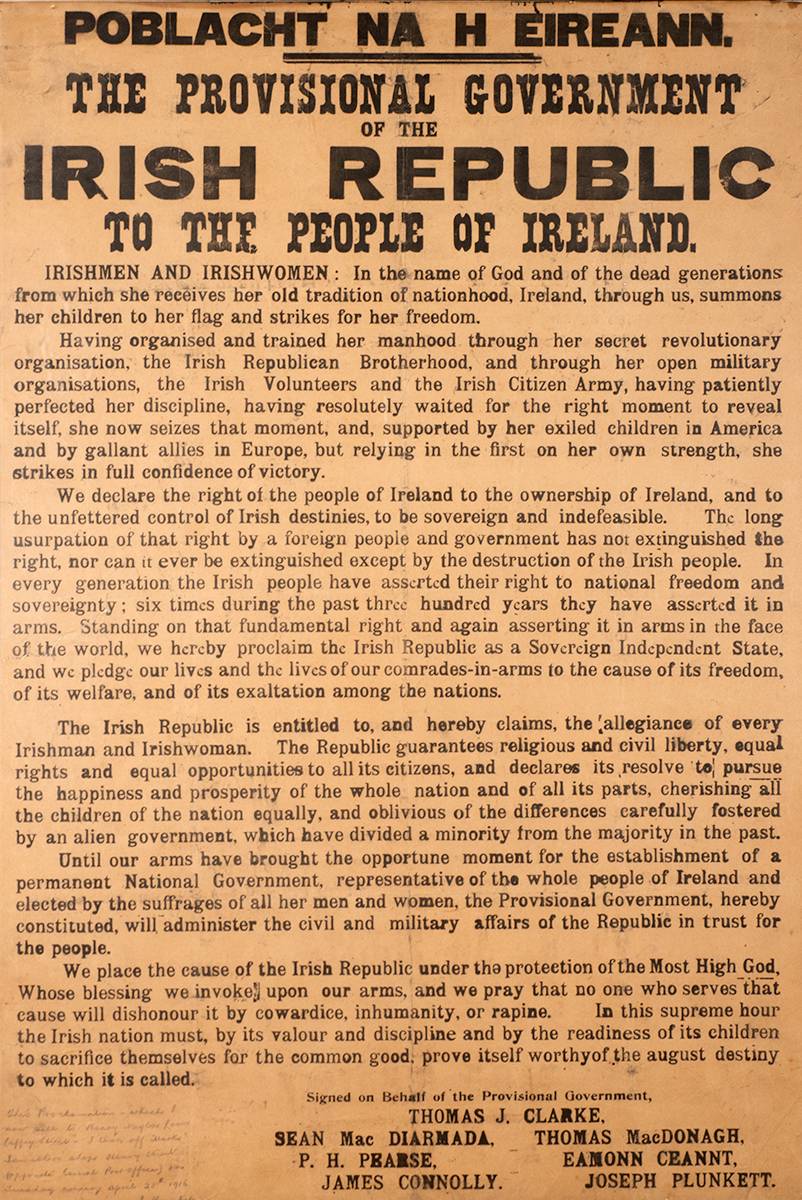
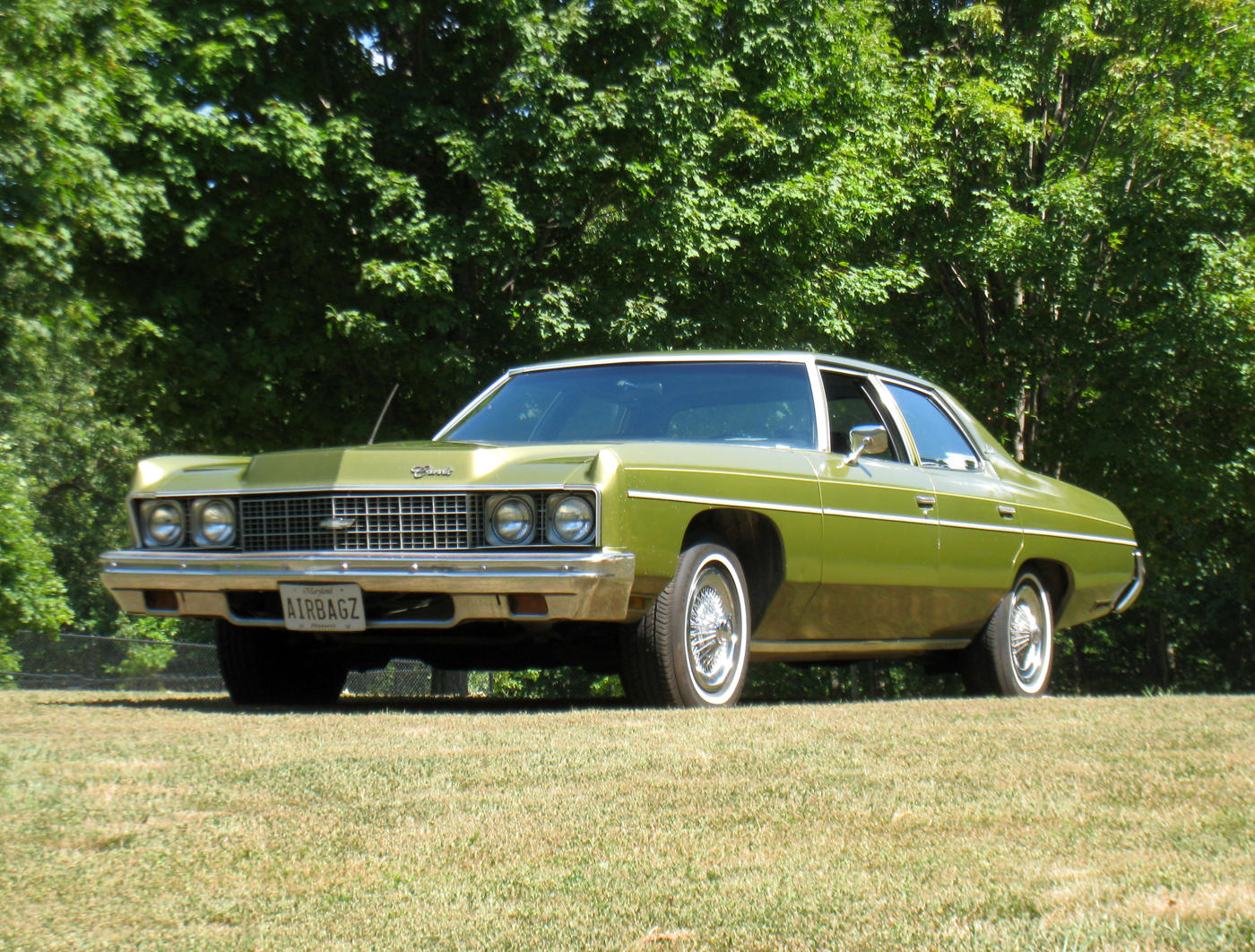
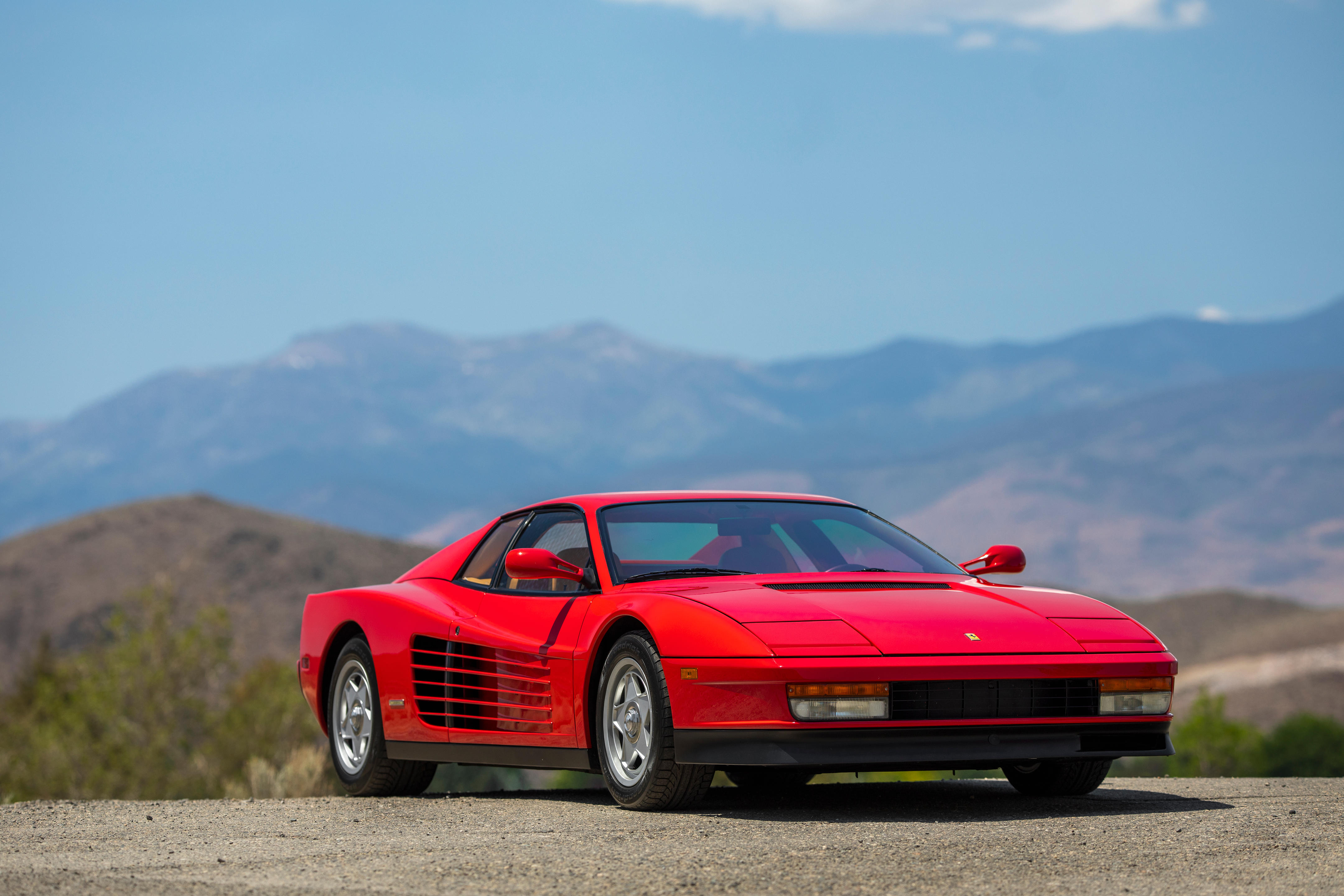
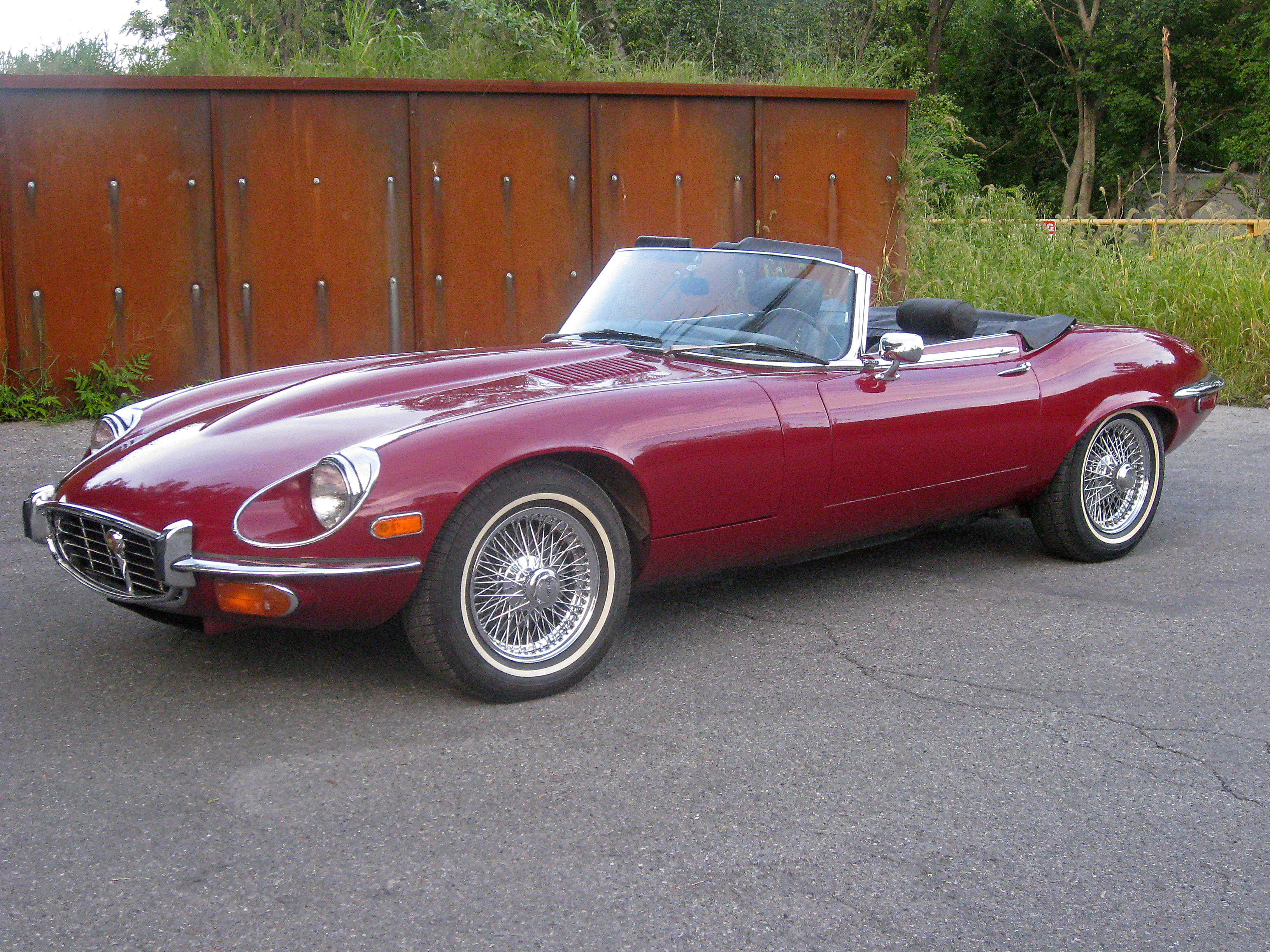
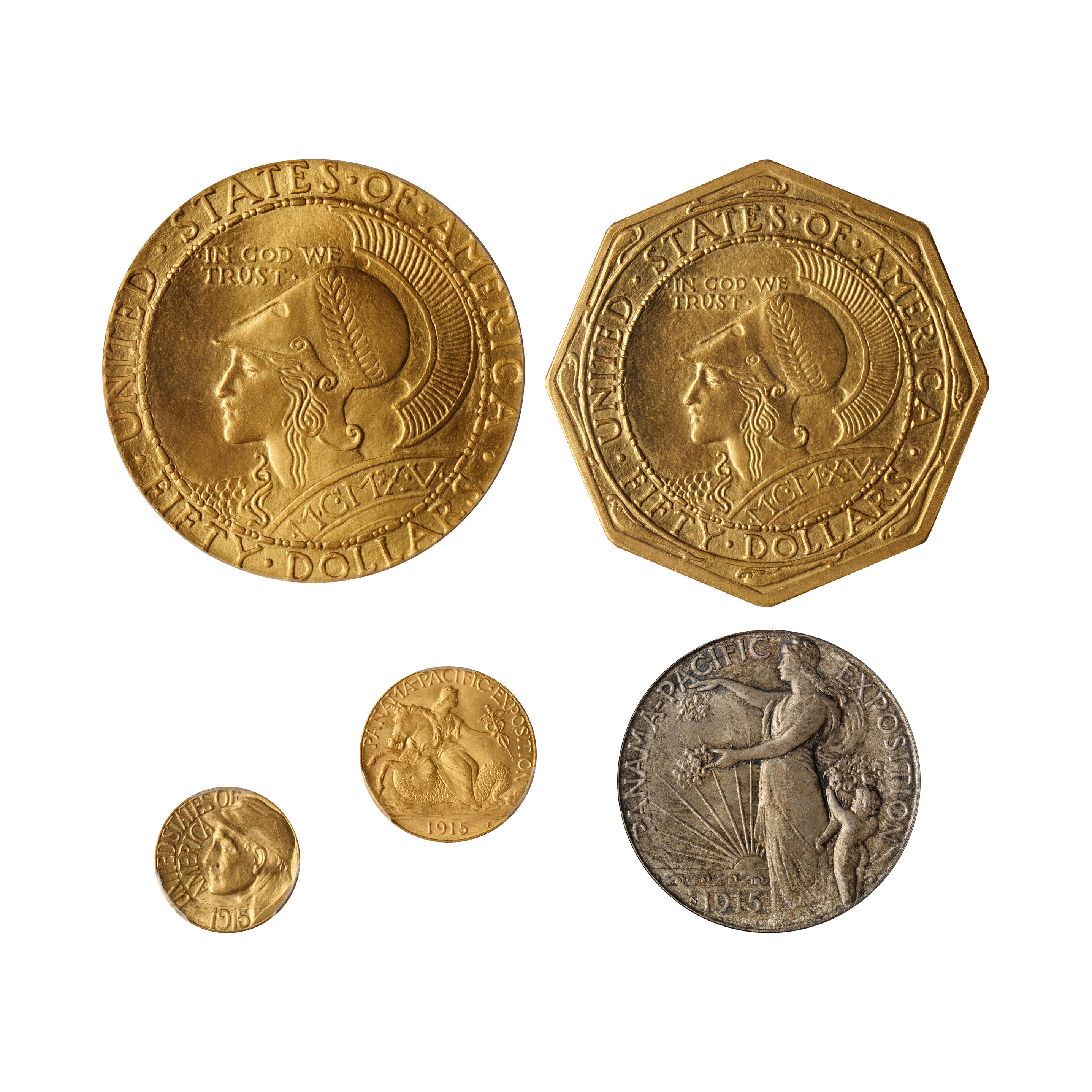

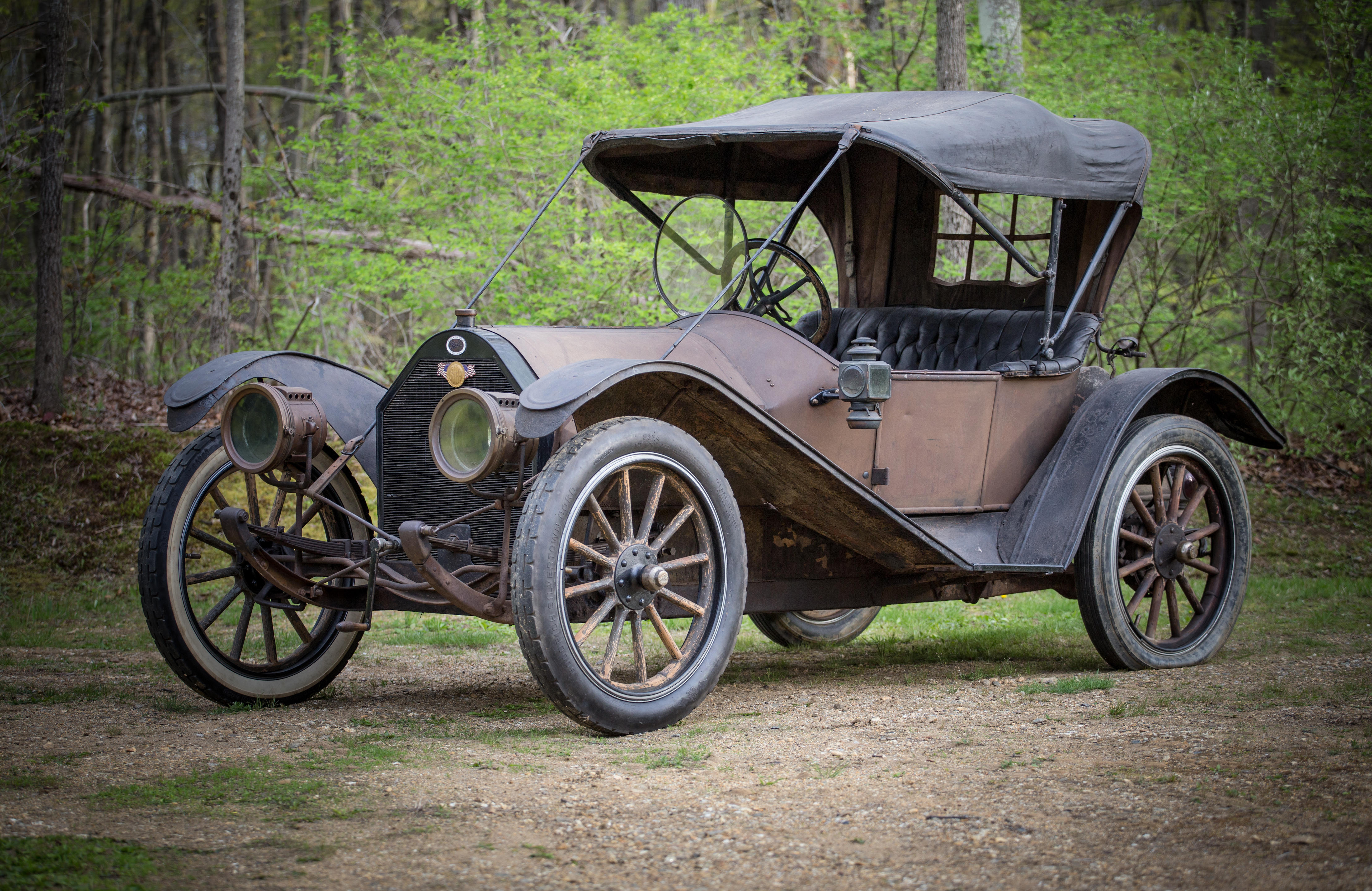
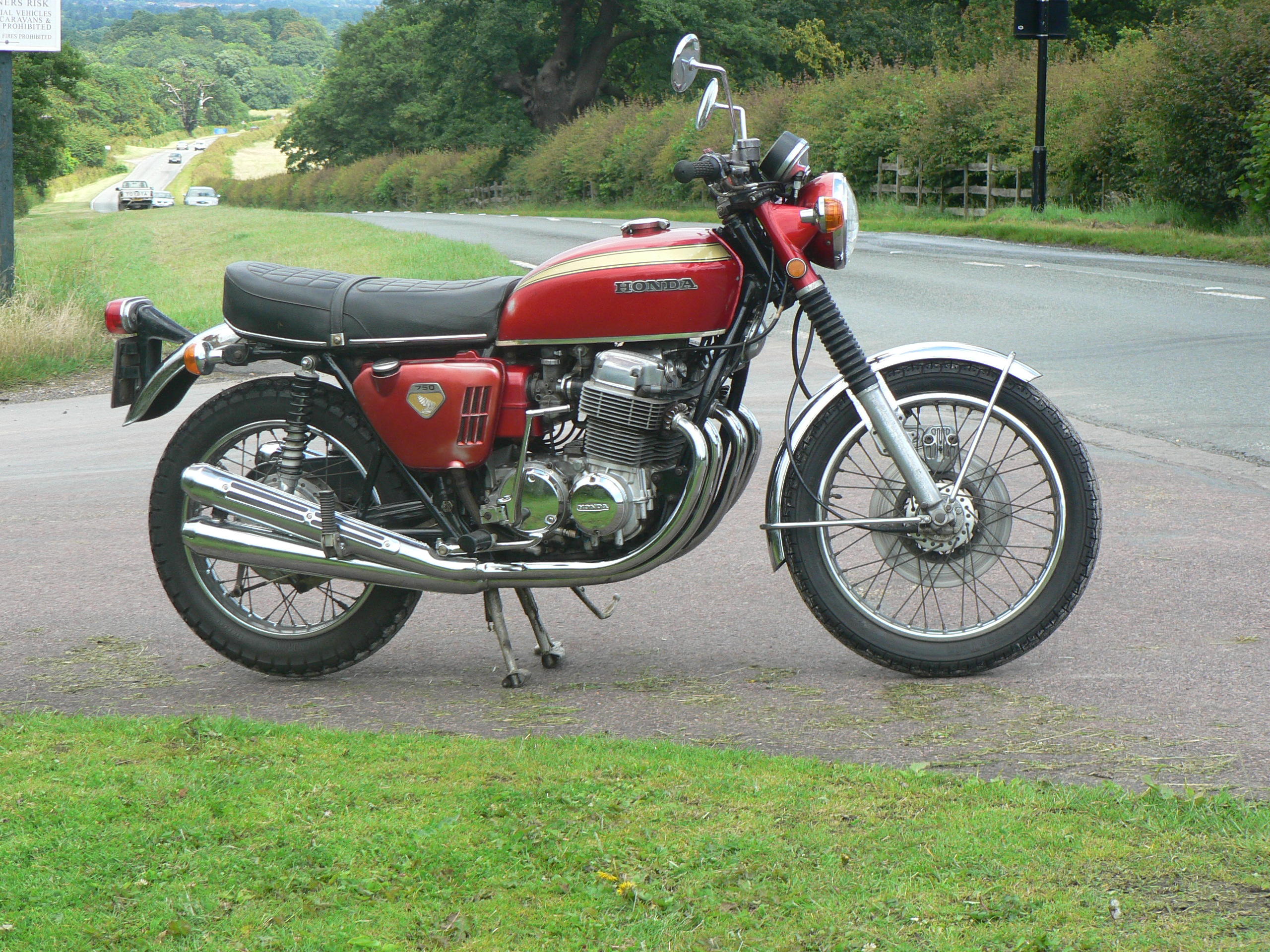
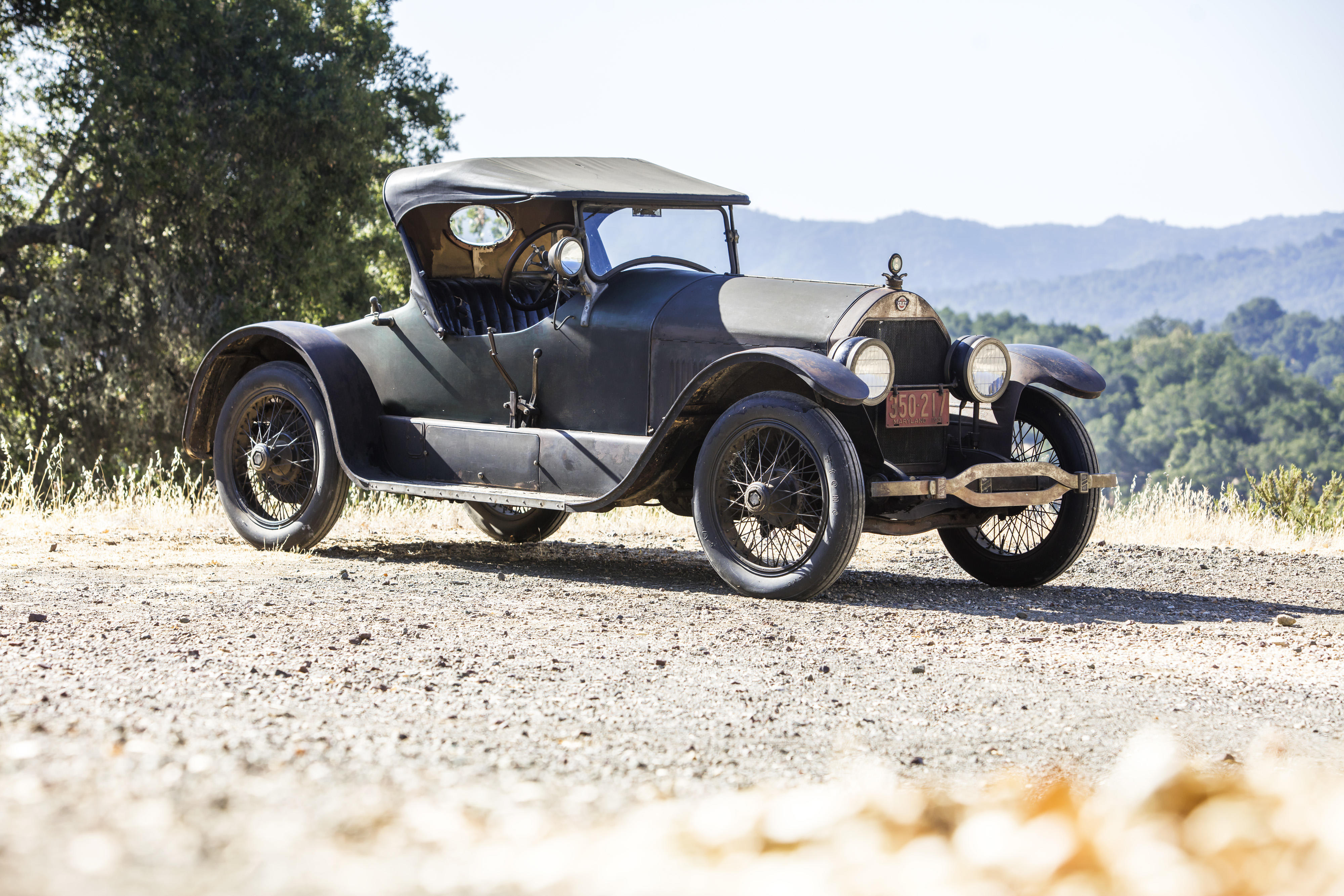

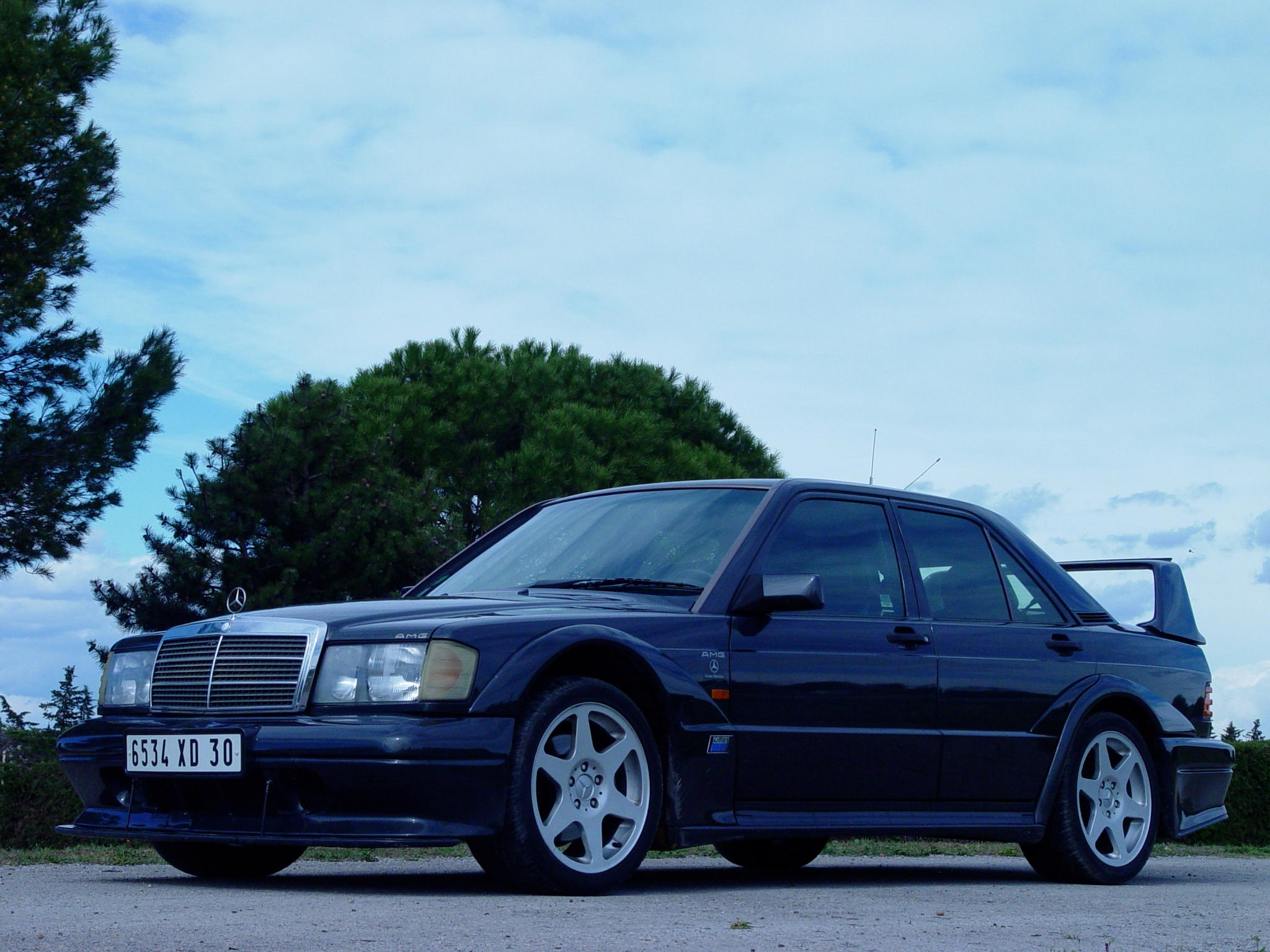


Testen Sie LotSearch und seine Premium-Features 7 Tage - ohne Kosten!
Lassen Sie sich automatisch über neue Objekte in kommenden Auktionen benachrichtigen.
Suchauftrag anlegen